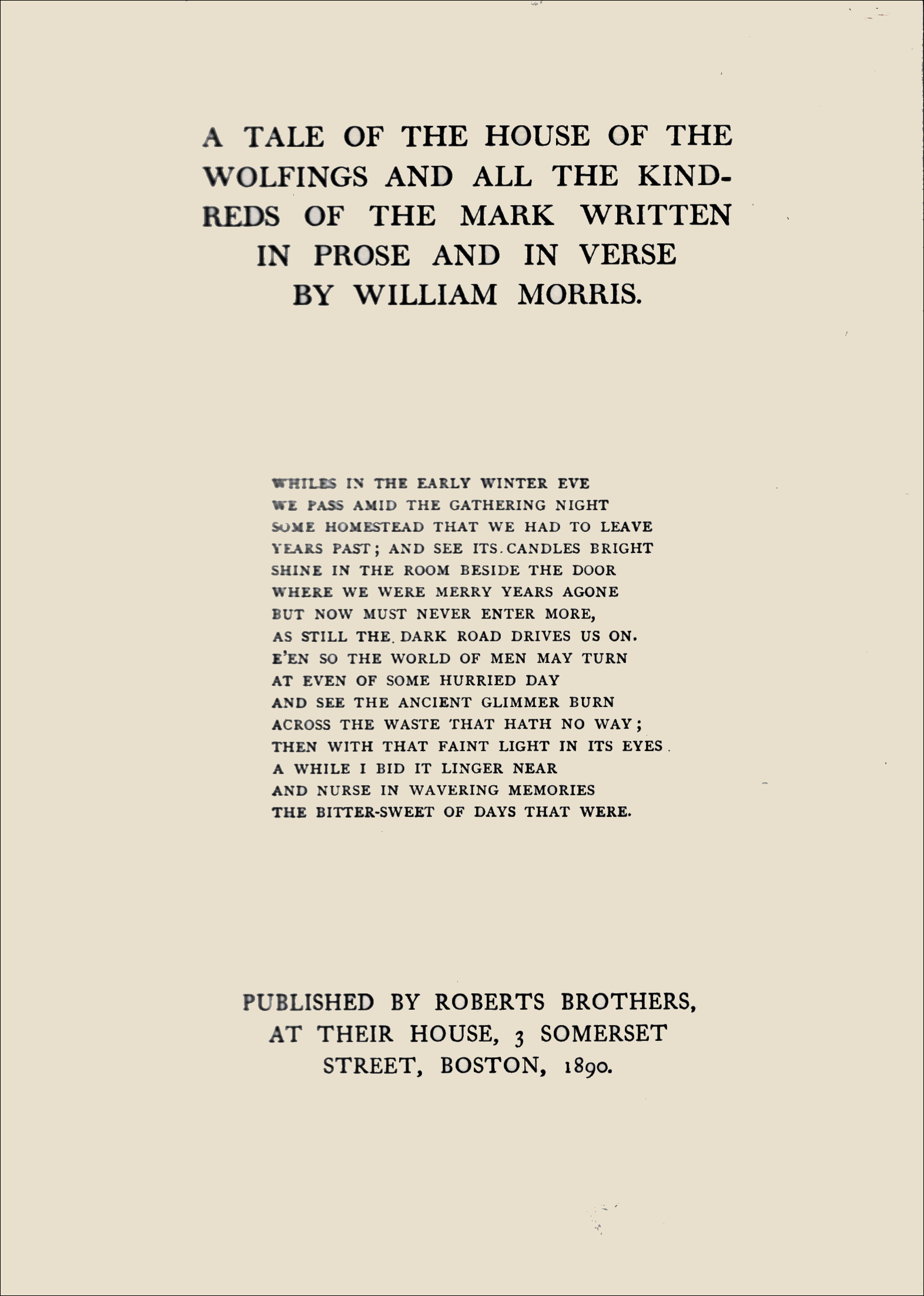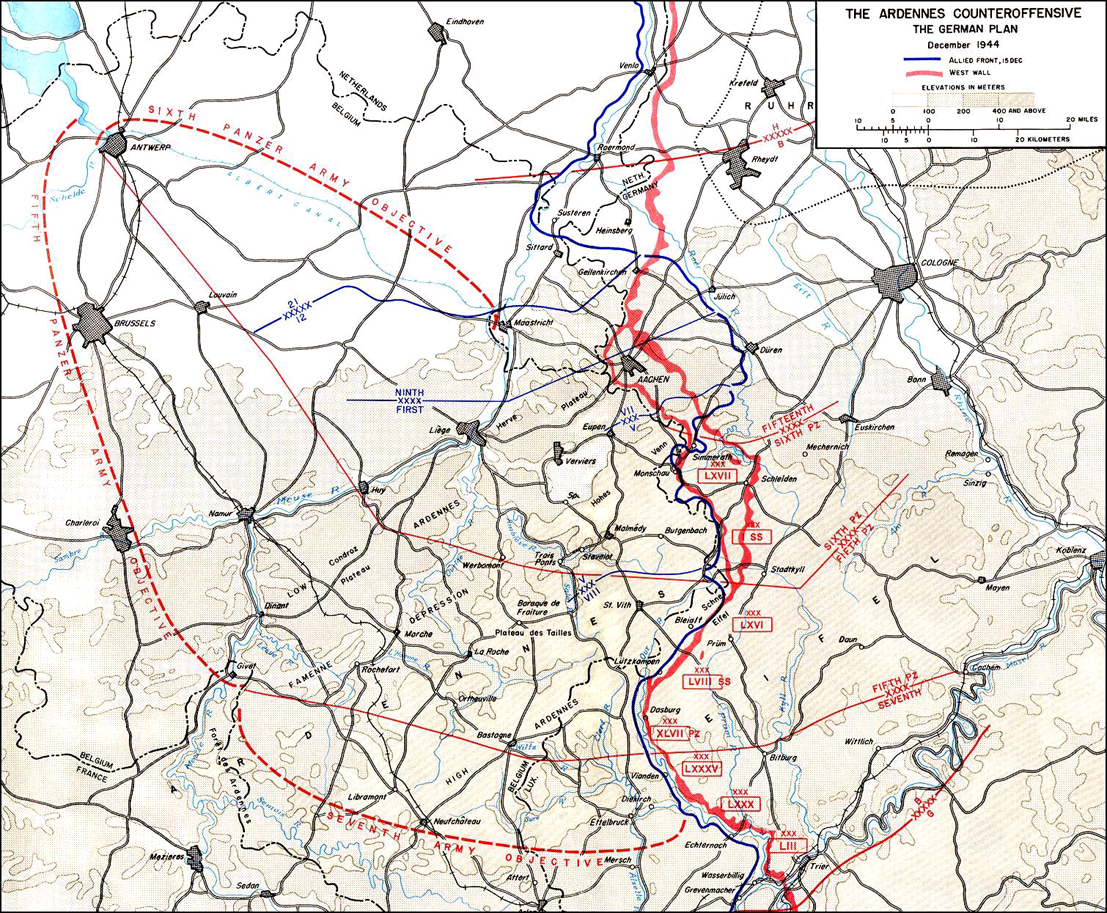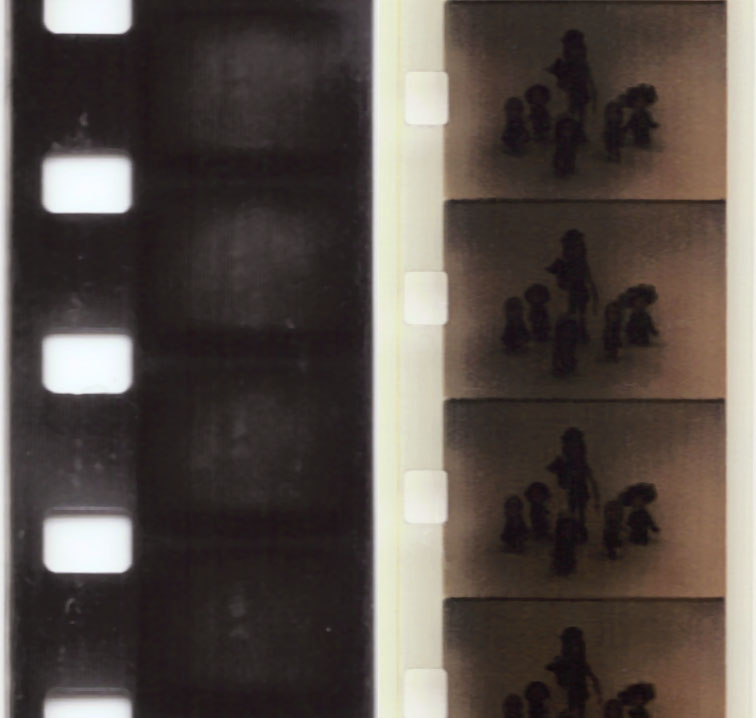|
Gravity's Rainbow
''Gravity's Rainbow'' is a 1973 novel by the American writer Thomas Pynchon. The narrative is set primarily in Europe at the end of World War II and centers on the design, production and dispatch of V-2 rockets by the German military. In particular, it features the quest undertaken by several characters to uncover the secret of a mysterious device, the ("black device"), which is slated to be installed in a rocket with the serial number "00000". Traversing a wide range of knowledge, ''Gravity's Rainbow'' crosses boundaries between high and low culture, between literary propriety and profanity, and between science and speculative metaphysics. It shared the 1974 US National Book Award for Fiction with ''A Crown of Feathers and Other Stories'' by Isaac Bashevis Singer. Although selected by the Pulitzer Prize jury on fiction for the 1974 Pulitzer Prize for Fiction, the Pulitzer Advisory Board was offended by its content, some of which was described as 'unreadable', 'turgid', 'overwr ... [...More Info...] [...Related Items...] OR: [Wikipedia] [Google] [Baidu] |
Thomas Pynchon
Thomas Ruggles Pynchon Jr. ( , ; born May 8, 1937) is an American novelist noted for his dense and complex novels. His fiction and non-fiction writings encompass a vast array of subject matter, Literary genre, genres and Theme (narrative), themes, including history, music, science, and mathematics. For ''Gravity's Rainbow'', Pynchon won the 1974 U.S. National Book Award for Fiction. (With essays by Casey Hicks and Chad Post from the Awards 60-year anniversary blog. The mock acceptance speech by Irwin Corey is not reprinted by NBF.) He is widely regarded as one of the greatest American novelists. Hailing from Long Island, Pynchon served two years in the United States Navy and earned an English degree from Cornell University. After publishing several short stories in the late 1950s and early 1960s, he began composing the novels for which he is best known: ''V.'' (1963), ''The Crying of Lot 49'' (1966), and ''Gravity's Rainbow'' (1973). Rumors of a historical novel about Charles ... [...More Info...] [...Related Items...] OR: [Wikipedia] [Google] [Baidu] |
Nebula Award
The Nebula Awards annually recognize the best works of science fiction or fantasy published in the United States. The awards are organized and awarded by the Science Fiction and Fantasy Writers Association (SFWA), a nonprofit association of professional science fiction and fantasy writers. They were first presented in 1966 and are awarded in four categories for literary works of different lengths. A fifth category for film and television episode scripts was given 1974–78 and 2000–09, and a sixth category for game writing was begun in 2018. In 2019 SFWA announced that two awards that were previously run under the same rules but not considered Nebula awards—the Andre Norton Award for Middle Grade and Young Adult Fiction and the Ray Bradbury Award for Outstanding Dramatic Presentation—were to be considered official Nebula awards. The rules governing the Nebula Awards have changed several times during the awards' history, most recently in 2010. The SFWA Nebula Conference, ... [...More Info...] [...Related Items...] OR: [Wikipedia] [Google] [Baidu] |
Hermann Göring
Hermann Wilhelm Göring (or Goering; ; 12 January 1893 – 15 October 1946) was a German Nazism, Nazi politician, aviator, military leader, and convicted war criminal. He was one of the most powerful figures in the Nazi Party, which governed Germany from 1933 to 1945. He also served as ''Oberkommando der Luftwaffe, Oberbefehlshaber der Luftwaffe'' (Supreme Commander of the Air Force), a position he held until the final days of the regime. He was born in Rosenheim, Kingdom of Bavaria, Bavaria. A veteran World War I fighter pilot Flying aces, ace, Göring was a recipient of the . He served as the last commander of Jagdgeschwader 1 (World War I), ''Jagdgeschwader'' 1 (JG I), the fighter wing once led by Manfred von Richthofen. An early member of the Nazi Party, Göring was among those wounded in Adolf Hitler's failed Beer Hall Putsch in 1923. While receiving treatment for his injuries, he developed an addiction to morphine that persisted until the last year of his life. Aft ... [...More Info...] [...Related Items...] OR: [Wikipedia] [Google] [Baidu] |
Furlough
A furlough (; from , "leave of absence") is a temporary cessation of paid employment that is intended to address the special needs of a company or employer; these needs may be due to economic conditions that affect a specific employer, or to those prevailing in society as a whole. Furloughs may be short-term or long-term. They are also known as temporary layoffs. United States US federal government In the United States, involuntary furloughs concerning federal government employees may be of a sudden and immediate nature. Such was the case in February 2010, when a single United States Senate objection prevented emergency funding measures from being implemented. As a result, 2,000 federal workers for the Department of Transportation were immediately furloughed as of March 1, 2010. The second-longest such shutdown was December 16, 1995, to January 6, 1996, which affected all non-essential employees, shutting down many services including National Institutes of Health, visa and ... [...More Info...] [...Related Items...] OR: [Wikipedia] [Google] [Baidu] |
Wernher Von Braun
Wernher Magnus Maximilian Freiherr von Braun ( ; ; 23 March 191216 June 1977) was a German–American aerospace engineer and space architect. He was a member of the Nazi Party and '' Allgemeine SS'', the leading figure in the development of rocket technology in Nazi Germany, and later a pioneer of rocket and space technology in the United States. As a young man, von Braun worked in Nazi Germany's rocket development program. He helped design and co-developed the V-2 rocket at Peenemünde during World War II. The V-2 became the first artificial object to travel into space on 20 June 1944. Following the war, he was secretly moved to the United States, along with about 1,600 other German scientists, engineers, and technicians, as part of Operation Paperclip. He worked for the United States Army on an intermediate-range ballistic missile program, and he developed the rockets that launched the United States' first space satellite Explorer 1 in 1958. He worked with Walt Disney ... [...More Info...] [...Related Items...] OR: [Wikipedia] [Google] [Baidu] |
Rocket Scientist
A rocket (from , and so named for its shape) is a vehicle that uses jet propulsion to accelerate without using any surrounding air. A rocket engine produces thrust by reaction to exhaust expelled at high speed. Rocket engines work entirely from propellant carried within the vehicle; therefore a rocket can fly in the vacuum of space. Rockets work more efficiently in a vacuum and incur a loss of thrust due to the opposing pressure of the atmosphere. Multistage rockets are capable of attaining escape velocity from Earth and therefore can achieve unlimited maximum altitude. Compared with airbreathing engines, rockets are lightweight and powerful and capable of generating large accelerations. To control their flight, rockets rely on momentum, airfoils, auxiliary reaction engines, gimballed thrust, momentum wheels, deflection of the exhaust stream, propellant flow, spin, or gravity. Rockets for military and recreational uses date back to at least 13th-century China. Sign ... [...More Info...] [...Related Items...] OR: [Wikipedia] [Google] [Baidu] |
Epigraph (literature)
In literature, an epigraph is a phrase, quotation, or poem that is set at the beginning of a document, monograph or section or chapter thereof. The epigraph may serve as a preface to the work; as a summary; as a counter-example; or as a link from the work to a wider literary canon, with the purpose of either inviting comparison or enlisting a conventional context. A book may have an overall epigraph that is part of the front matter, one for each chapter, or both. Examples * As the epigraph to '' The Sum of All Fears'', Tom Clancy quotes Winston Churchill in the context of thermonuclear war: "Why, you may take the most gallant sailor, the most intrepid airman or the most audacious soldier, put them at a table together – what do you get? The sum of their fears." * Sir Walter Scott frequently used epigraphs in his historical novels, including throughout his Waverley novels. * The long quotation from Dante's '' Inferno'' that prefaces T. S. Eliot's " The Love Song of J. Alfr ... [...More Info...] [...Related Items...] OR: [Wikipedia] [Google] [Baidu] |
Battle Of The Bulge
The Battle of the Bulge, also known as the Ardennes Offensive or Unternehmen Die Wacht am Rhein, Wacht am Rhein, was the last major German Offensive (military), offensive Military campaign, campaign on the Western Front (World War II), Western Front during the World War II, Second World War, taking place from 16 December 1944 to 25 January 1945. It was launched through the densely forested Ardennes region between Belgium and Luxembourg. The offensive was intended to stop Allied use of the Belgian port of Antwerp and to split the Allied lines, allowing the Germans to Encirclement, encircle and destroy each of the four Allied armies and force the western Allies to negotiate a peace treaty in the Axis powers' favor. The Germans achieved a total surprise attack on the morning of 16 December 1944, due to a combination of Allied overconfidence based on the favorable defensive terrain and faulty intelligence about Wehrmacht intentions, poor aerial reconnaissance due to bad weather, an ... [...More Info...] [...Related Items...] OR: [Wikipedia] [Google] [Baidu] |
Advent
Advent is a season observed in most Christian denominations as a time of waiting and preparation for both the celebration of Jesus's birth at Christmas and the return of Christ at the Second Coming. It begins on the fourth Sunday before Christmas, often referred to as Advent Sunday. Advent is the beginning of the liturgical year in Western Christianity. The name comes from Latin ('coming; arrival'), translating the Greek from the New Testament, originally referring to the Second Coming. The season of Advent in the Christian calendar anticipates the "coming of Christ" from three different perspectives: the physical nativity in Bethlehem, the reception of Christ in the heart of the believer, and the eschatological Second Coming. Practices associated with Advent include Advent calendars, lighting an Advent wreath, praying an Advent daily devotional, erecting a Chrismon tree, lighting a Christingle, as well as other ways of preparing for Christmas, such as setting up Ch ... [...More Info...] [...Related Items...] OR: [Wikipedia] [Google] [Baidu] |
Conditioned Stimulus
Classical conditioning (also respondent conditioning and Pavlovian conditioning) is a behavioral procedure in which a biologically potent Stimulus (physiology), stimulus (e.g. food, a puff of air on the eye, a potential rival) is paired with a neutral stimulus (e.g. the sound of a Triangle (musical instrument), musical triangle). The term ''classical conditioning'' refers to the process of an automatic, conditioned response that is paired with a specific stimulus. It is essentially equivalent to a signal. The Russian physiology, physiologist Ivan Pavlov studied classical conditioning with detailed experiments with dogs, and published the experimental results in 1897. In the study of digestion, Pavlov observed that the experimental dogs salivated when fed red meat. Pavlovian conditioning is distinct from operant conditioning (instrumental conditioning), through which the strength of a voluntary behavior is modified, either by reinforcement or by Punishment (psychology), punishment ... [...More Info...] [...Related Items...] OR: [Wikipedia] [Google] [Baidu] |
Film Perforations
Film perforations, also known as perfs and sprocket holes, are the holes placed in the film stock during manufacturing and used for transporting (by sprockets and claws) and steadying (by pin registration) the film. Films may have different types of perforations depending on film gauge, film format, and intended usage. Perforations are also used as a standard measuring reference within certain camera systems to refer to the size of the frame. Some formats are referred to in terms of the ratio "perforations per frame/gauge size" to provide an easy way of denoting size. For instance, 35mm Academy is also known as 4 perf-35mm; VistaVision is 8 perf-35mm; the long-time standard Todd-AO 70 mm film is 5 perf-70mm; and IMAX is 15 perf-70mm. This description does not indicate whether the film transport is horizontal or vertical, but uncertainty is precluded because there are currently no horizontal systems using the same number of perforations on the same gauge as a vertical on ... [...More Info...] [...Related Items...] OR: [Wikipedia] [Google] [Baidu] |
Richard Poirier
Richard Poirier (born Gloucester, Massachusetts, September 9, 1925, died New York City, August 15, 2009) was an American literary critic. Career He graduated from Amherst College, Yale University, and Harvard University, and also studied under the literary critic F. R. Leavis at Downing College, Cambridge, on a Fulbright Scholarship. He co-founded the Library of America, and served as chairman of its board. He was the Marius Bewley Professor of American and English Literature at Rutgers University. He was also the editor of '' Raritan'', a literary quarterly, and an editor of ''Partisan Review''. He was series editor of Prize Stories: The O. Henry Awards from 1961 to 1966. In 1968, he signed the "Writers and Editors War Tax Protest" pledge, vowing to refuse tax payments in protest against the Vietnam War."Writers and Editors War Tax Protest" January 30, 1968 ''New York Post'' Works * ''Stories British and American'' (1953) with Jack Barry Ludwig * ''The Comic Sense of Henry J ... [...More Info...] [...Related Items...] OR: [Wikipedia] [Google] [Baidu] |







